PDF-US Department of Homeland SecurityCybersecurity Infrastructure Securi
Author : jaena | Published Date : 2021-09-28
August ADVISORY MEMORANDUM ON ENSURING ESSENTIAL CRITICALINFRASTRUCTURE WORKERS ABILITY TO WORK DURING THE COVID19 RESPONSEFROMJen EasterlyDirectortransportation
Presentation Embed Code
Download Presentation
Download Presentation The PPT/PDF document "US Department of Homeland SecurityCybers..." is the property of its rightful owner. Permission is granted to download and print the materials on this website for personal, non-commercial use only, and to display it on your personal computer provided you do not modify the materials and that you retain all copyright notices contained in the materials. By downloading content from our website, you accept the terms of this agreement.
US Department of Homeland SecurityCybersecurity Infrastructure Securi: Transcript
Download Rules Of Document
"US Department of Homeland SecurityCybersecurity Infrastructure Securi"The content belongs to its owner. You may download and print it for personal use, without modification, and keep all copyright notices. By downloading, you agree to these terms.
Related Documents

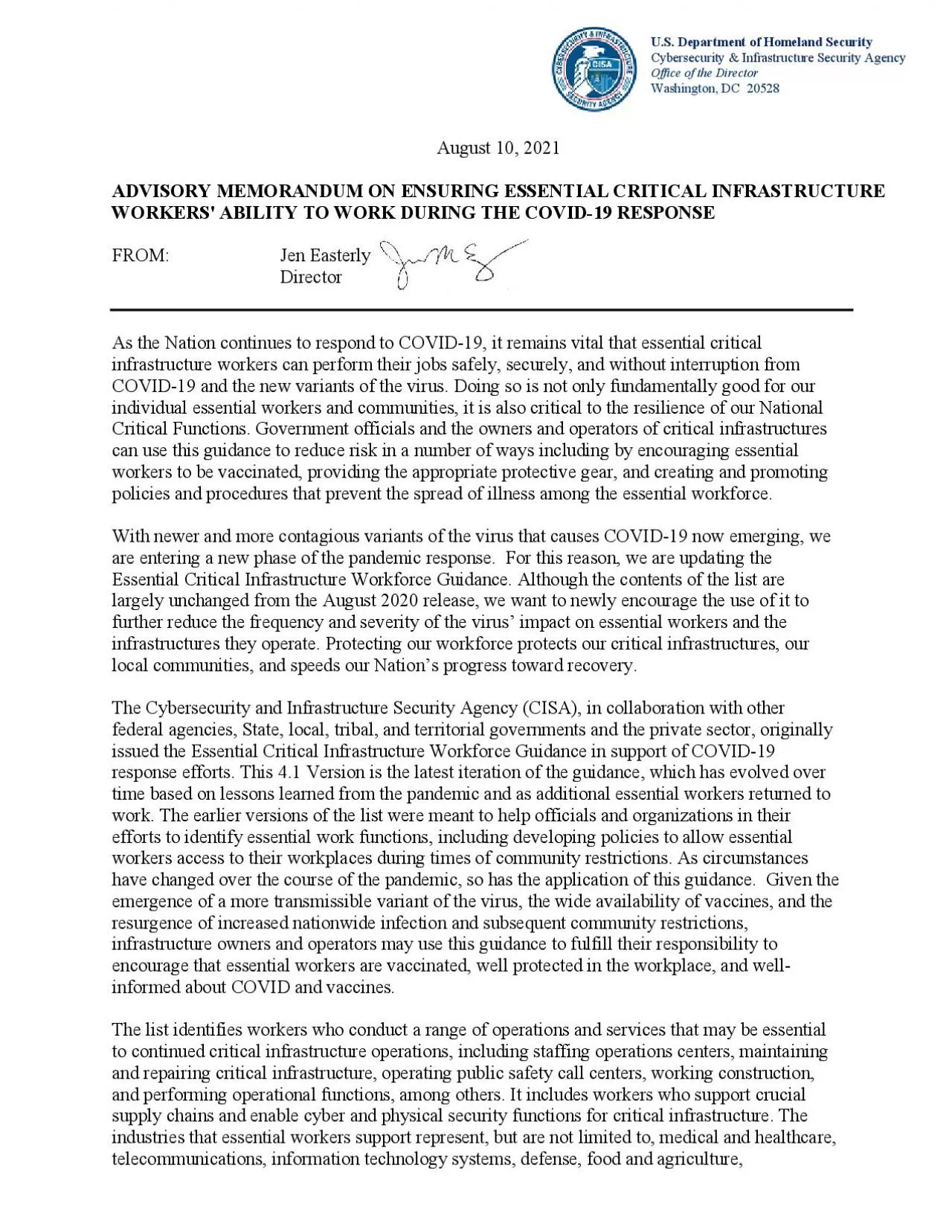

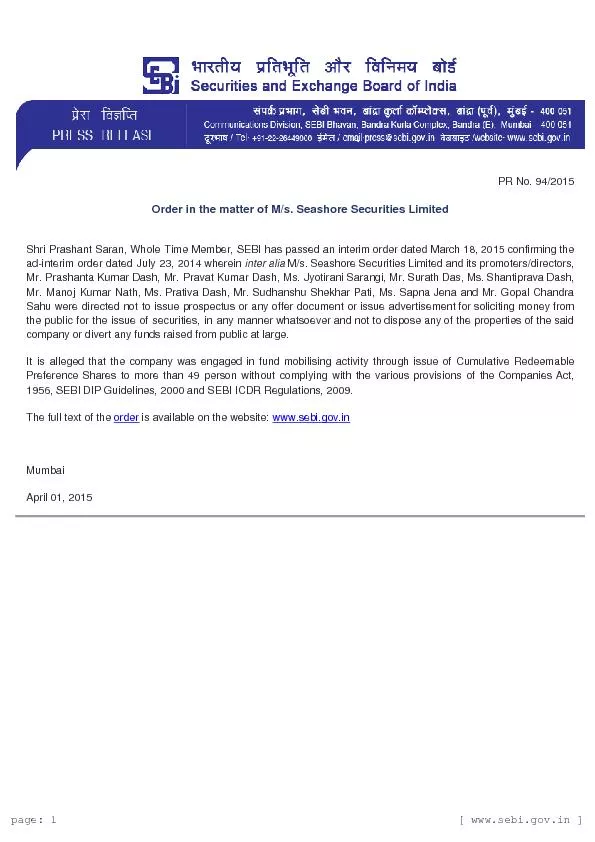
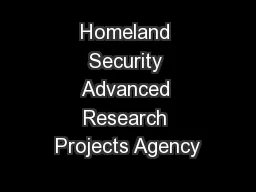
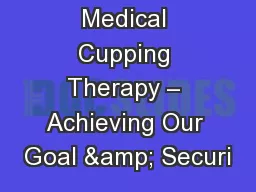
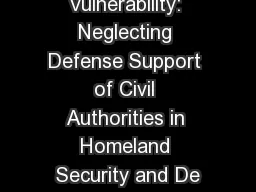
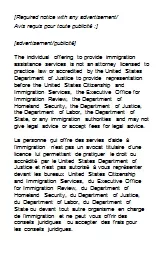
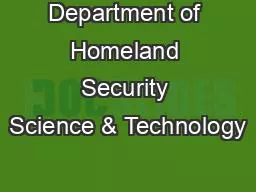
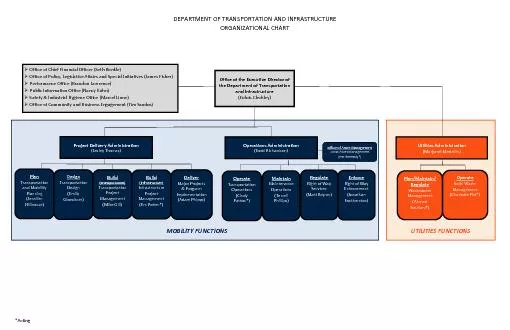
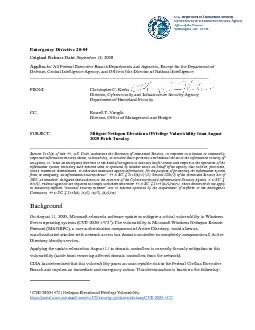
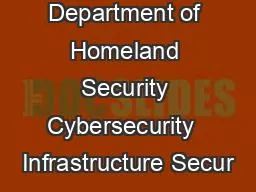
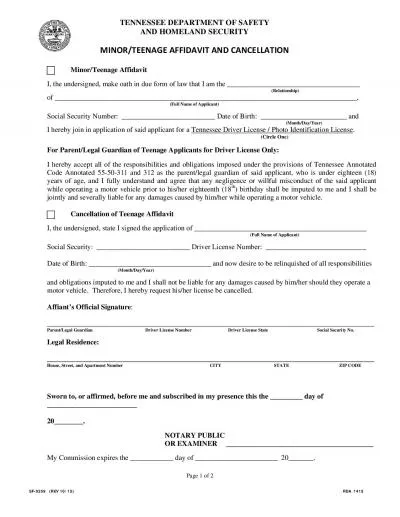
![[PDF READ ONLINE] Terrorism, Intelligence and Homeland Security (What\'s New in Criminal](https://thumbs.docslides.com/1017686/pdf-read-online-terrorism-intelligence-and-homeland-security-what-s-new-in-criminal-justice.jpg)
